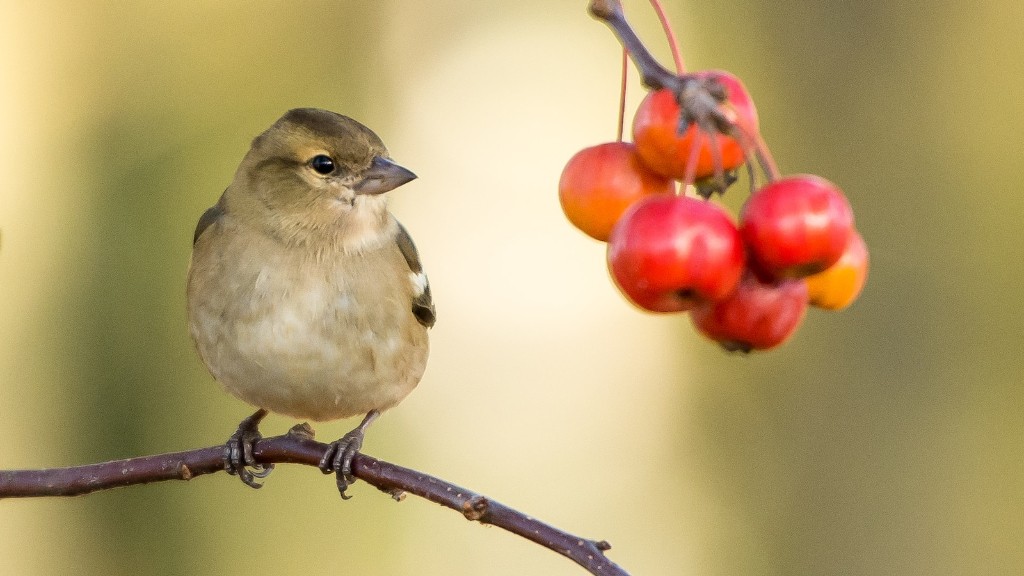Wintertime is a tough season for many lemon trees. Many trees go dormant during this season, and it can be difficult to keep them warm and healthy. Here are some tips for how to keep your lemon tree warm this winter:
First, it’s important to consider the tree’s location. If the tree is in an area that receives direct sunlight, it’s unlikely to need additional heating aside from the sun’s rays. However, if the tree is in an area that receives little to no direct sunlight, an artificial heat source might be needed to ensure it stays healthy.
Second, make sure the soil around the tree is well drained, as wet, soggy soil can make it difficult for the tree to properly insulate itself. Maintaining a balance of dry and damp soil will help keep the tree warm and comfortable through the cold winter days.
Third, consider placing a layer of mulch around the tree’s base. Mulch helps retain heat, which is useful for keeping the tree warm. Additionally, it also helps provide protection from the elements, such as freezing winter temperatures and freezing winds.
Fourth, it’s important to prune the tree regularly. Removing dead or damaged branches allows for better air circulation, which helps create a warmer environment for the tree.
Fifth, consider adding some insulation material around the base of the tree during the cold winter months. This is especially important for trees that are in areas with extreme cold temperatures. Insulation can be anything from burlap to hay bales, and it will help keep the roots and trunk of the tree warm.
Finally, make sure to water the tree regularly, even though it is dormant. To help make sure the tree stays hydrated during the winter, water the tree with warm or lukewarm water instead of cold water.
Extra Tips To Keep Lemon Trees Warm In Winter
There are a few other things you can do to help keep lemon trees warm in the winter. One of these is to provide extra shade when necessary. If the weather is particularly cold during the winter, consider providing extra shade for the tree with a fabric or mesh cover. This will help keep the tree warmer and more protected from the cold.
In addition, it’s important to make sure the tree gets sufficient nutrients throughout the winter. This can be done by fertilizing regularly. Make sure to use a fertilizer specifically formulated for citrus trees, and be sure to follow the directions on the package closely.
Finally, make sure the tree has sufficient protection from the elements. If the tree needs additional protection from the cold, consider wrapping it in a sheet or blanket. This not only helps keep the tree warm, but it also provides added protection from the freezing winter winds.
Using Heat Mats For Lemon Trees
It is possible to use a heat mat to keep a lemon tree warm during the winter months. Heat mats create an even heat across the tree’s root zone, which can help protect it against the high winds, cold temperatures, and other elements of winter. Heat mats can be placed around the tree’s base in the late fall and kept on until the temperatures begin to warm up in spring.
When using a heat mat, it is important to make sure it is not placed too close to the tree. Make sure the heat mat is not directly against the tree trunk, and leave enough space to allow air to properly circulate around the tree.
It is also important to keep an eye on the temperature of the heat mat. The temperature should never exceed 48°C, and it is best to keep it between 10°C and 28°C. This will ensure the tree stays warm without becoming too hot.
Protecting Lemon Trees From Frost
In severe cases, frost can be a deadly enemy to lemon trees, so it is important to protect them from frost damage. This can be done by wrapping the tree in a breathable fabric or mesh, such as burlap. This will help protect the leaves and branches from freezing temperatures and winds.
It is also important to keep an eye on the temperature. If the temperature dips below 0℃, it is important to wrap the tree for extra protection. Additionally, it is also important to keep the ground around the tree clear of snow and ice. This will help prevent the ground from becoming too cold and damaging the roots.
Finally, make sure to water the tree regularly. Even though it is dormant, it still needs sufficient water to stay healthy, so try to water it about twice a week during the winter months.
Protecting The Roots Of Lemon Trees
Lemon trees should also be kept warm from the bottom up, as their roots are more sensitive to temperature changes than their leaves and branches. To keep the roots warm, consider using soil warmers or insulation. Soil warmers are small pieces of metal or plastic embedded with a heating element that can be placed near the tree’s roots. This will help keep the roots warm without over-heating the tree.
If using insulation, make sure to place it around the entire base of the tree, not just the roots. Make sure the insulation is not placed too close to the trunk, and be sure to leave enough space between the insulation and the tree to allow air to properly circulate.
It is also important to water the tree regularly when using soil warmers or insulation. This will ensure the tree gets enough water to stay healthy, and it will also help keep the soil moist, which is essential for keeping the tree’s roots warm.
Conclusion
Keeping lemon trees warm during the winter isn’t difficult, but it does require some pre-planning and effort. Properly locating the tree, pruning regularly, providing extra shade, fertilizing, and keeping the soil properly hydrated are all essential for keeping the tree warm and healthy. Additionally, consider using a heat mat, wrapping the tree in a protective fabric or mesh, and insulating the tree to keep its roots warm.





